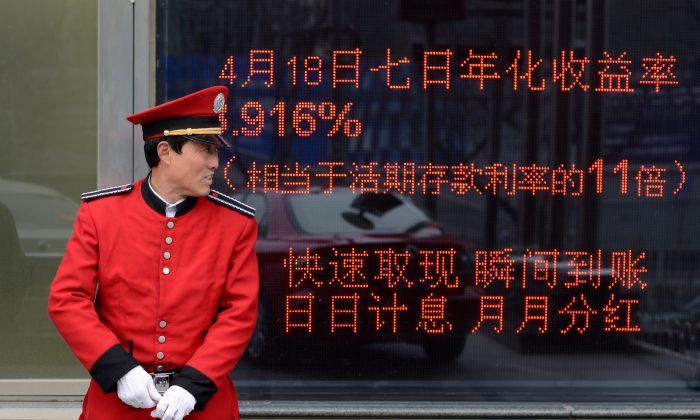Slowly but surely, Beijing central planners are starting to panic. After sending mixed signals to the market over recent weeks, sometimes stimulating, sometimes impeding markets, China might go all in and officially launch quantitative easing.
Market News International, the wire service of Deutsche Börse AG, on Monday cited unidentified people saying the People’s Bank of China (PBOC) is considering buying up local government debt similar to the Federal Reserve buying U.S. Treasury bonds with its QE program.
Let’s take a look at why they would do it, how it would work and some potential consequences.
Why?
Since the real estate bubble popped in China, the PBOC finds it harder and harder to push credit to the places where it wants it to do (real estate) through conventional means. The economy has continued to slow and real estate has cooled further. In the meantime, the stock market has gone parabolic.
By buying local government debt from banks and other financial institutions, the PBOC would replenish their reserves and they could start lending to local governments again. Despite a high chance of this money being wasted, it would still go into the economy at first and probably benefit real estate as well.
How?
China’s central government doesn’t have a whole lot of debt outstanding and there isn’t an active market for it. Local governments, through different finance vehicles, have $2.9 trillion in debt outstanding, roughly 30 percent of GDP. The PBOC could just buy this debt from banks and other financial institutions and give them cash reserves in exchange.
Given the fact most of local government debt is severely impaired because of falling real estate, this would be a welcome boost for banks and could free up their balance sheets for more lending.
The PBOC could also forgive most of the loan repayments for local governments and over time write off the debt completely. This would give local governments the chance to borrow and spend more money.
Consequences?
By helping banks and local governments at the same time, the PBOC could achieve two things in an ideal scenario. It could push banks to lend again, either to local governments or to the private sector and it could entice local governments to spend money again.
The problem is that there aren’t that many exciting projects around for either local governments or banks to invest in. Local governments have already spent a lot of money on uneconomical infrastructure projects. Banks have already lent trillions to faltering property developers, solar panel manufacturers and shipbuilders.
So at the end, the cash reserves the PBOC hand out will end up where the Fed’s QE liquidity ended up as well, maybe just because there isn’t another place to go: The stock market.





